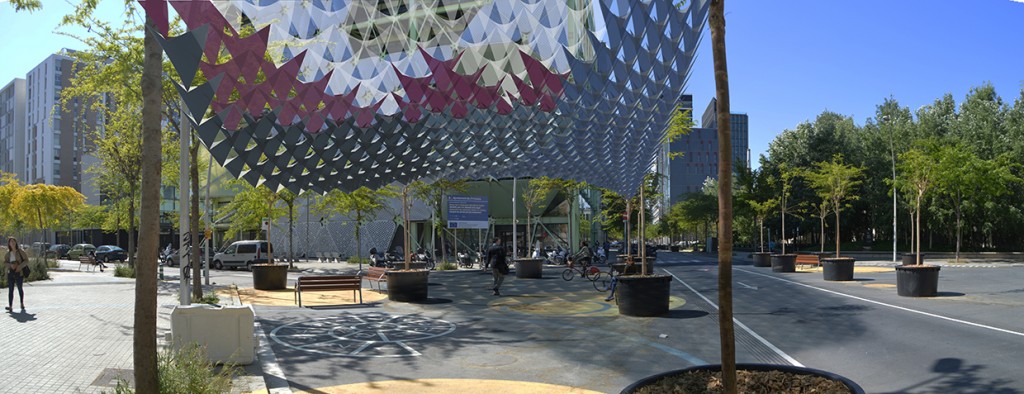In today’s society we shop more than ever, leading to seriously overstuffed wardrobes. For over 15 years we have educated the public on the unethical practices of the fashion industry. We do this so that the public has the ability to become more conscious consumers. The fashion industry counts on individuals to throw out 70 pounds of used clothing per person a year. Not ‘donate’ 70 pounds of clothing, but throw it away, into the trash so that it can end up in our landfills
While a few communities have textile-recycling programs, about 85% of this waste goes to landfills where it occupies about 5% of landfill space and the amount is growing.
Besides the clothing can be used again in one form or another. Discarding would be a waste, not just of the material itself, but of the water and energy that went into the manufacturing. Most textiles can be repurposed and the benefit of taking the time to recycle those items far outweighs the small inconvenience of putting such items aside for recycling.
 Instead let’s get the full benefit of these resources by using the fabrics to their full potential.
Instead let’s get the full benefit of these resources by using the fabrics to their full potential.
All the issues being addressed concerning recycling, recyclability, re-purposing, and source reduction have relevance to our industry. It is hoped through education and the cooperation of government agencies that the consuming public will recognize the need and importance of recycling discarded apparel into secondhand clothing.
Our goal is to increase the amount of textile waste that can be recovered and at the same time develop a new use for the community of the superilla.
The pavilion we designed for the superilla consists of recycled clothing being formatted into a sustainable shading structure to filter sun and wind. It collectively brings together the community by taking advantage of recycled textiles that people can donate and physically see in the finished product.
How does our tensile fabric structure work?
Our stable “saddle” form can take live loads like wind or rain and support self-weight without any sagging whatsoever. All areas of the fabric are under tension. Each side has opposite curvature – one positive and one negative.
This kind of surface demonstrates the fundamental rule for stability: a fabric structure under tension must curve equally in opposite directions. This gives the pavilion its three dimensional stability.
Tensile Textile is a project by the Institute for advanced architecture of Catalonia, developed in the CIEE Global Architecture & Design Spring 2017 program by:
Students: Ryan Stone, Christine Hopkins, Sonali Khanna
Faculty: Mathilde Marengo
Faculty Assistant: Maria Kuptsova
Teaching Assistant: Iacopo Neri
Fabrication Seminar Faculty: Rodrigo Aguirre
Data Seminar Faculty: Marco Sanalitro